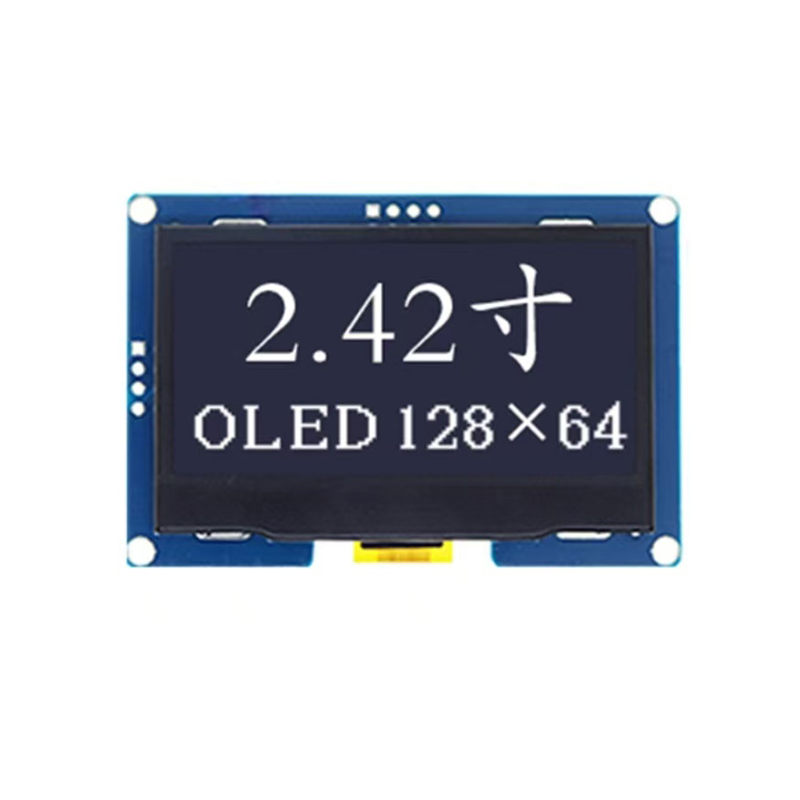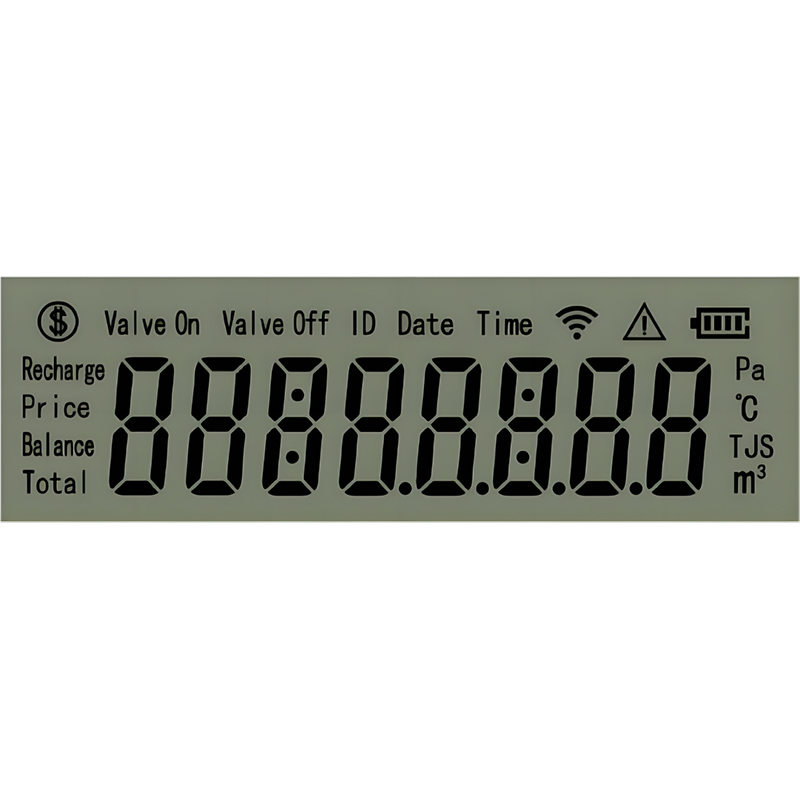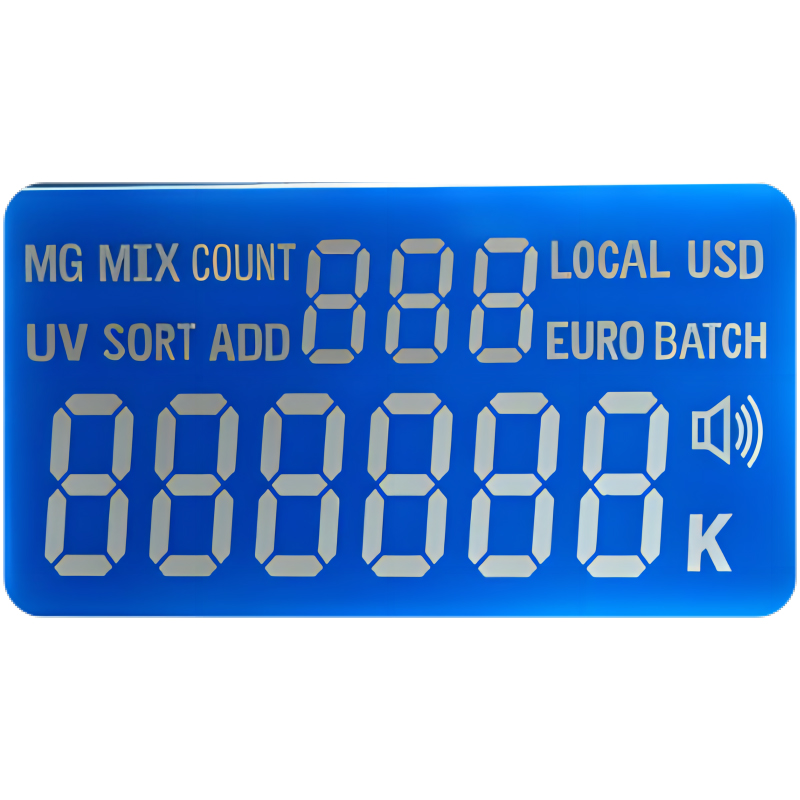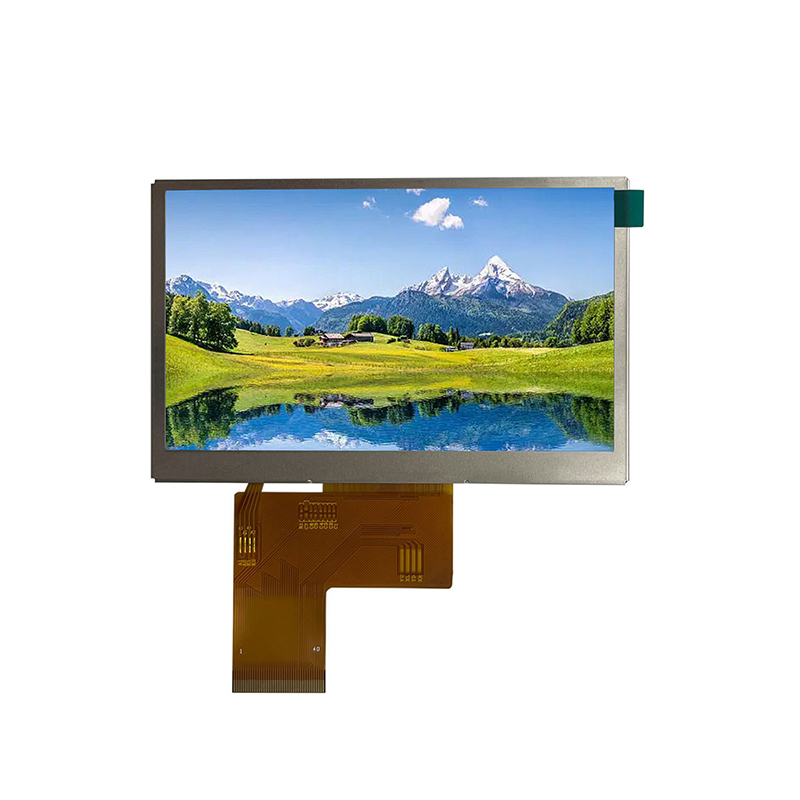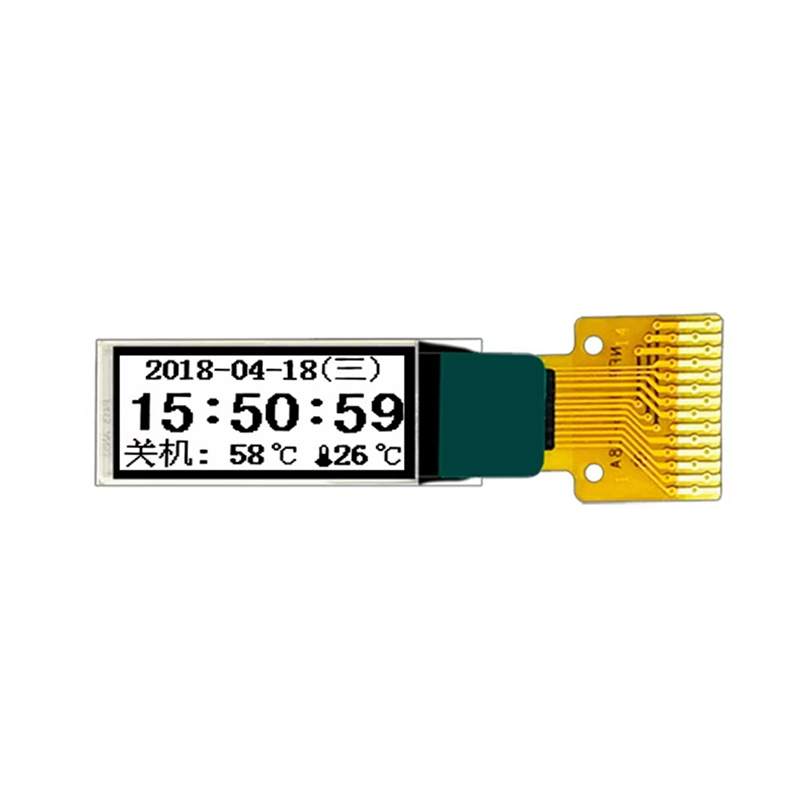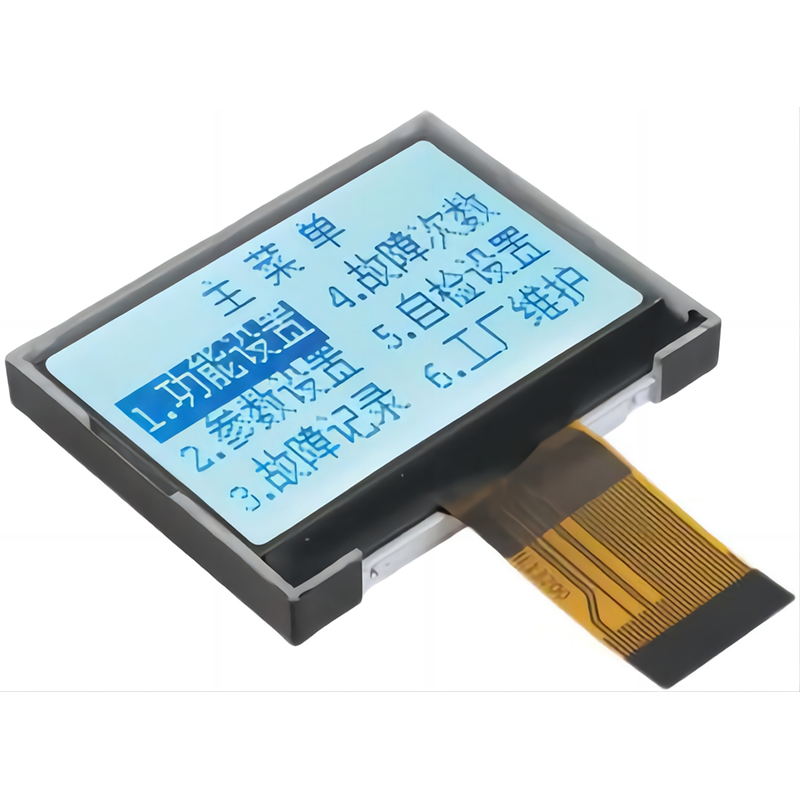
This guide provides a comprehensive overview of the ST7735 1.8 TFT display, covering its specifications, applications, and considerations for integration into your projects. We'll explore its key features, potential challenges, and offer practical advice for successful implementation. Learn about the advantages and disadvantages compared to other display options and discover resources to help you get started.
The ST7735 is a popular controller IC used in many ST7735 1.8 TFT displays. It's known for its relatively low cost and ease of use, making it a great choice for hobbyists and professionals alike. Key specifications often include a resolution of 128x160 pixels, a 1.8-inch diagonal size, and support for various interfaces like SPI and parallel. While specific parameters vary depending on the manufacturer and model, you can usually find detailed datasheets online providing precise information on timing characteristics, power consumption, and operating temperature ranges. Always consult the datasheet for the specific display module you are using. You can find a range of these modules from various suppliers, ensuring availability and options tailored to your needs.
Selecting the appropriate ST7735 1.8 TFT display involves careful consideration of several factors. These include the display's resolution, color depth, viewing angle, backlight type (LED or other), and interface type (SPI, parallel). Some displays offer features like touch screen capabilities, which may increase cost but add significant functionality. Consider your project's requirements to determine the best balance of features and cost.
Integrating a ST7735 1.8 TFT display typically involves connecting it to a microcontroller using the chosen interface (SPI is common). Libraries are readily available for various microcontrollers (Arduino, ESP32, etc.) simplifying the programming process. These libraries abstract away the low-level details of communication with the display, allowing you to focus on displaying your desired information. Remember to carefully review the wiring diagrams and pinouts provided in the display module's datasheet to ensure correct connections. Incorrect wiring can damage the display or your microcontroller.
Common problems encountered when working with ST7735 1.8 TFT displays often relate to incorrect wiring, insufficient power supply, or software issues. Check your connections meticulously, ensure adequate power supply voltage, and verify that your code accurately reflects the display's specific initialization sequence and commands. Online forums and communities offer valuable support, and searching for specific error messages can often lead to solutions. Carefully studying the display's datasheet will also prove invaluable.
While the ST7735 1.8 TFT display is a popular choice, it's useful to consider alternatives. Other display technologies, such as OLED or e-paper, may be better suited for specific applications depending on power consumption requirements, color accuracy, or refresh rates. Understanding the trade-offs between different display options is crucial for selecting the ideal technology for your project.
The ST7735 1.8 TFT display provides an excellent balance of cost, functionality, and ease of use, making it a suitable choice for a broad range of embedded applications. By understanding its features, limitations, and integration challenges, you can successfully incorporate this display into your projects. Remember to consult datasheets and online resources for detailed information and support. For high-quality displays and LCD modules, consider exploring options from Dalian Eastern Display Co., Ltd.

